What’s the easiest way you can make a dent in your gardening budget?
Saving seeds!
It’s so easy to save seeds from cut flowers and other annual flowers that you can use next year. While some seeds require a little more know-how than others to save, I’ve compiled some of the easiest flower seeds to save–even if you don’t know what you’re doing.
In this blog post, I’ll give you my list of five easy annual flowers that are perfect for beginner seed savers.
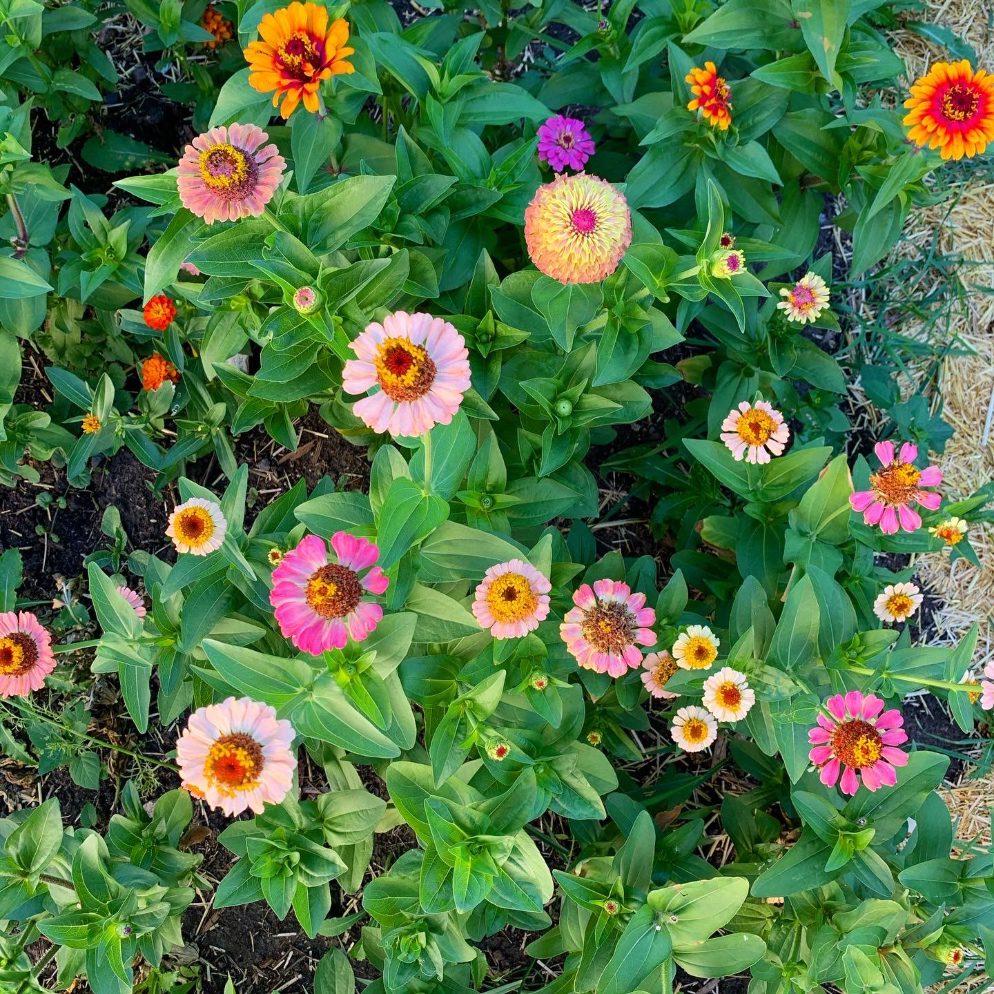
5 EASY ANNUAL FLOWERS FOR BEGINNER SEED SAVERS
1. Marigolds
The humble marigold is one of the simplest flowers to collect. Wait until the flower has dried up, squish the little pod, and voila! Tons of seeds for next year’s flower bed with little effort.
Just make sure you collect at least one flower pod of every colour you want to grow next year. I thought I had done that one year, only to realize that I only collected orange. Whoops!
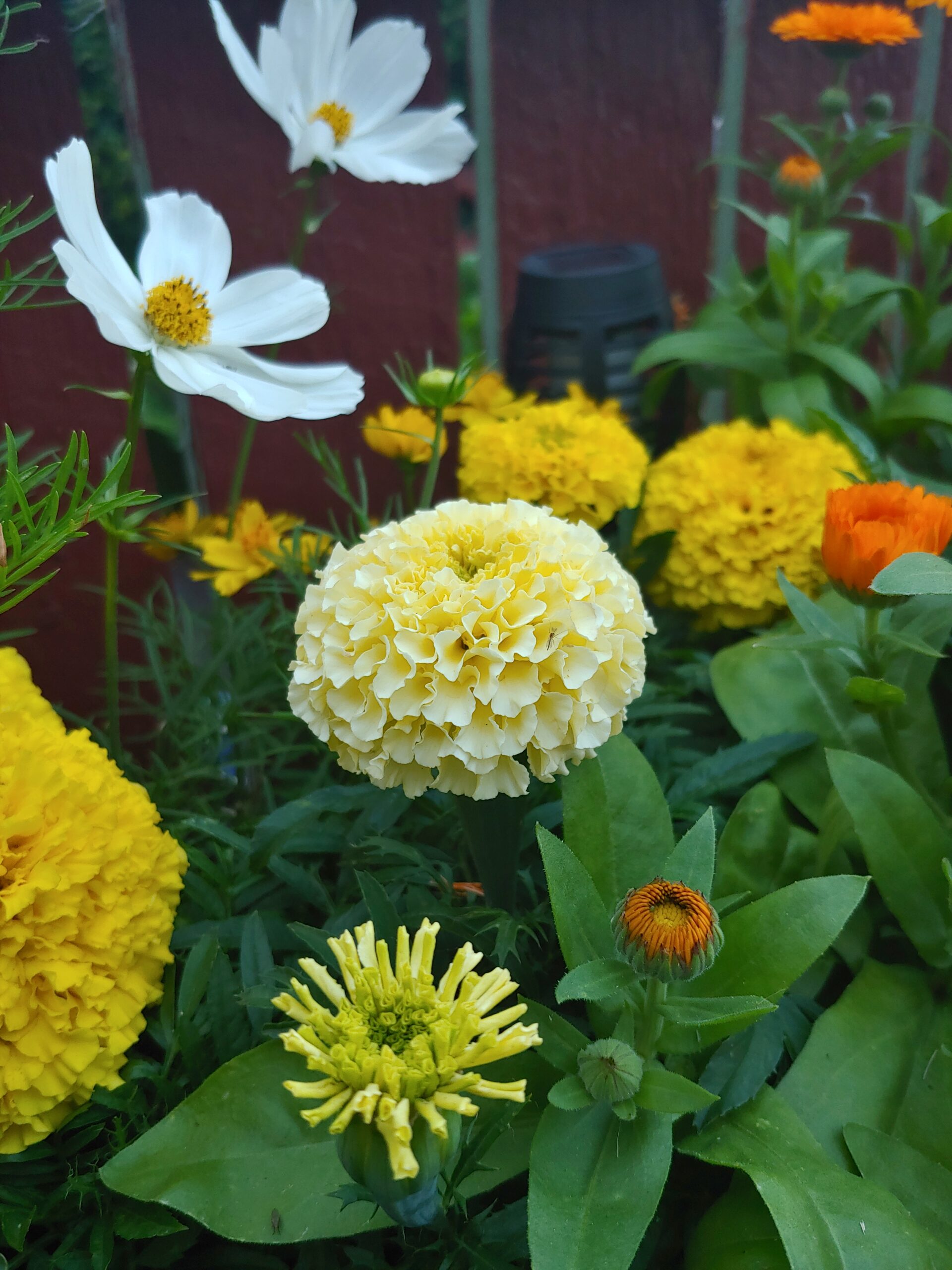
Wait until the marigold pods are completely dry before you store them. I’ve stored them early before, thinking they were dry, only to have them go mouldy in the bag because it was too soon.
Next spring, plant the marigold seeds indoors 4-6 weeks before you intend to transplant them, or direct seed for a later bloom. Give them adequate sunlight and water, and you’ll be rewarded with a beautiful and cheap companion flower for your vegetables.
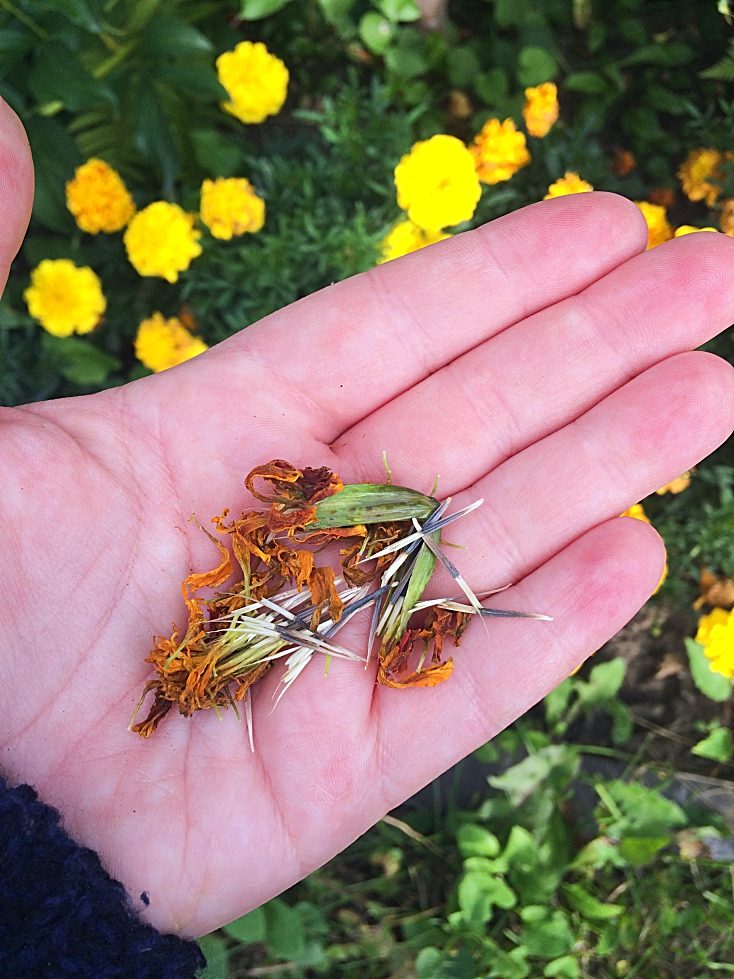
Related: 36 Flowers to feed your Flower-Arranging Habit all Summer Long
2. Nasturtiums
Like marigolds, nasturtiums are excellent companion flowers in the vegetable garden. Some gardeners will even use them as a sacrificial plant (they expect that bugs will eat the nasturtiums so they leave the vegetables alone).
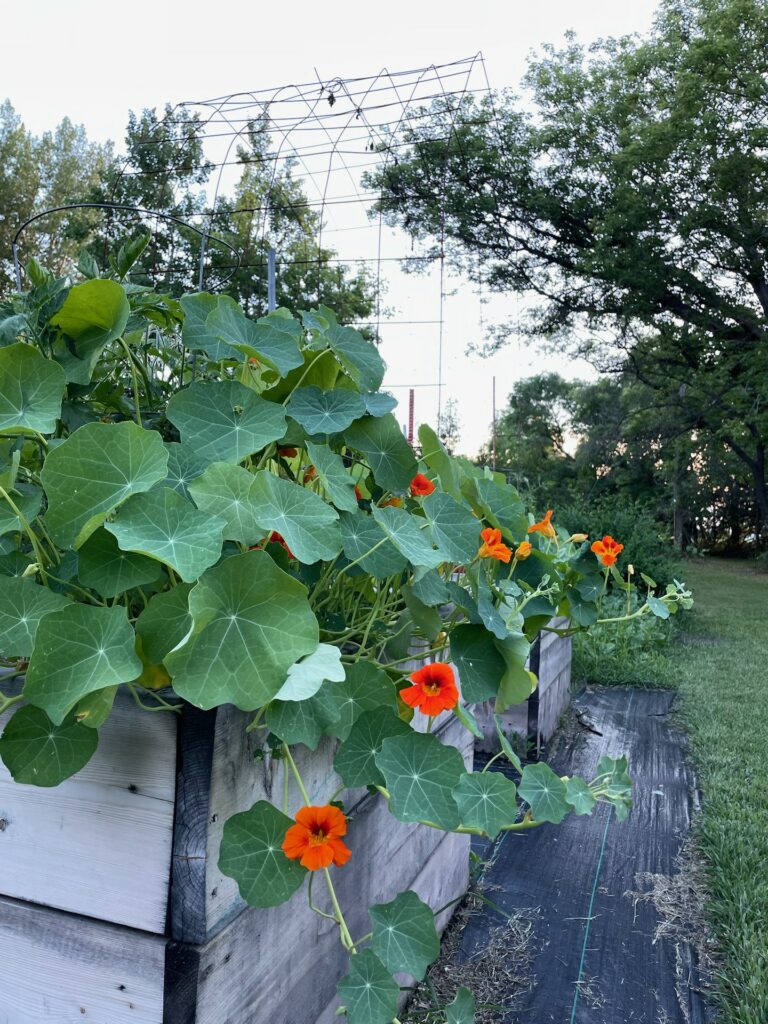
Once the nasturtium is done blooming it will leave a pod like the one below. Collect the pods and let them dry until they turn brown and slightly shrivelled. Store in an air-tight container and start 4 weeks before the last frost in the spring or direct seed.
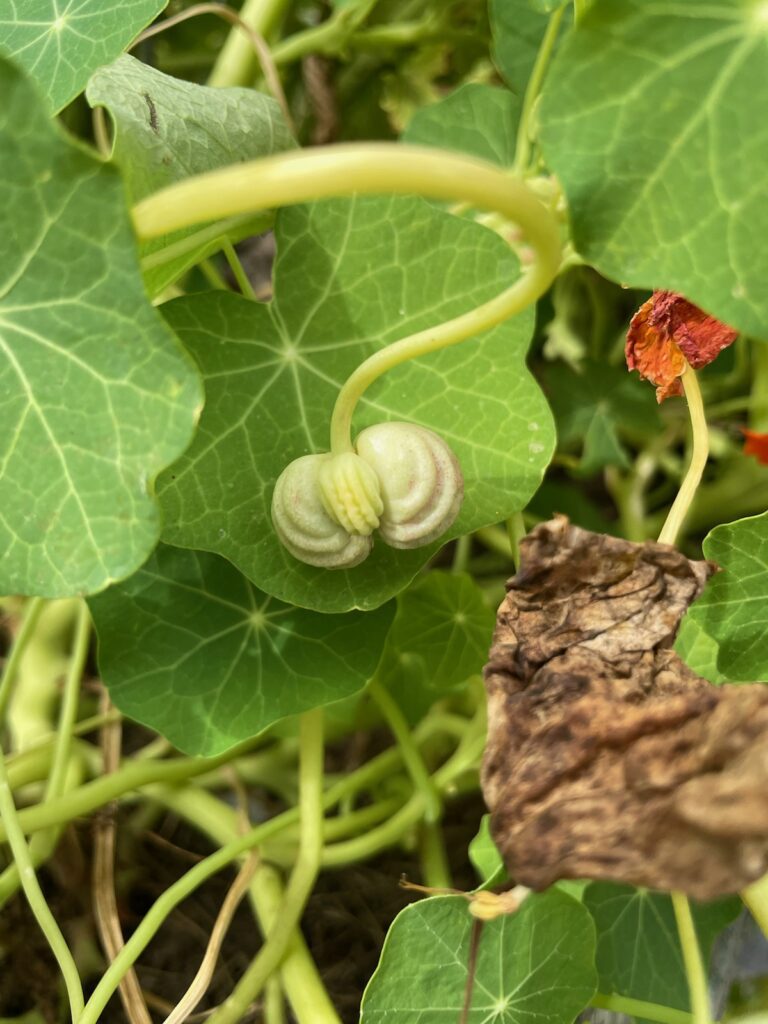
Related: 14 Companion Flowers for the Vegetable Garden
3. Poppies
2019 was my first year growing poppies, and from then on, I’ve been in love. Since then, I’ve grown and successfully seeds from many interesting varieties. I especially love the grey poppies pictured below.
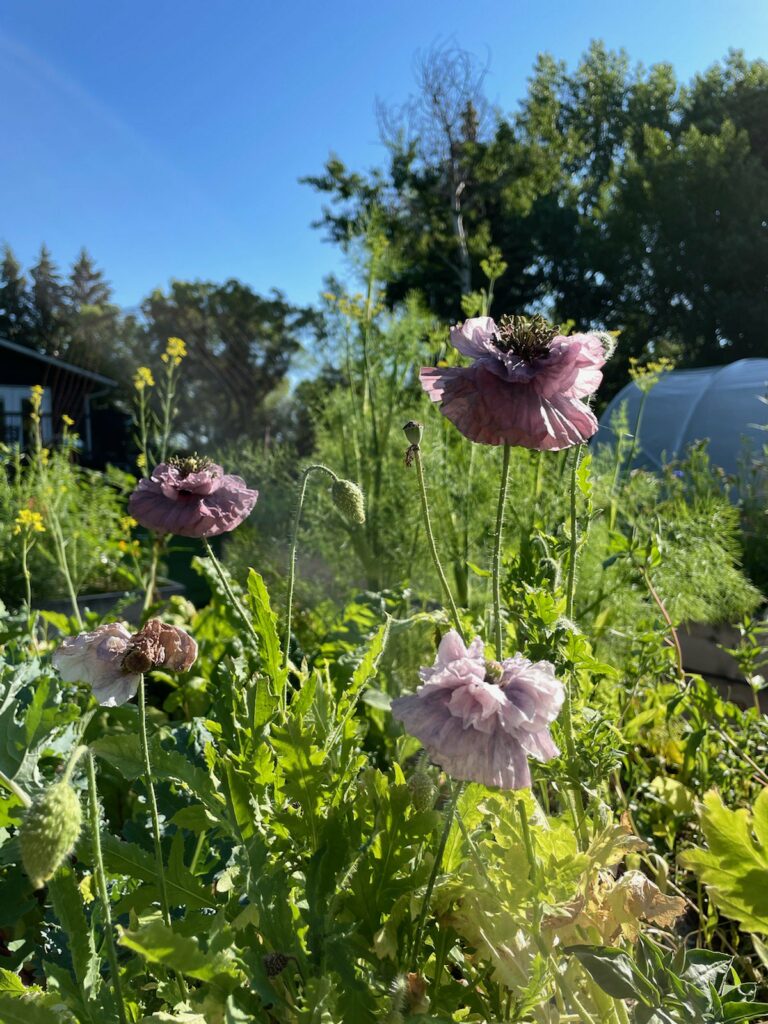
When the poppy is done blooming, it will make a beautiful seed pod. Let them dry out for a few weeks and crush them open to reveal tons of tiny seeds. Use them in baking or save the seeds to grow more next year.
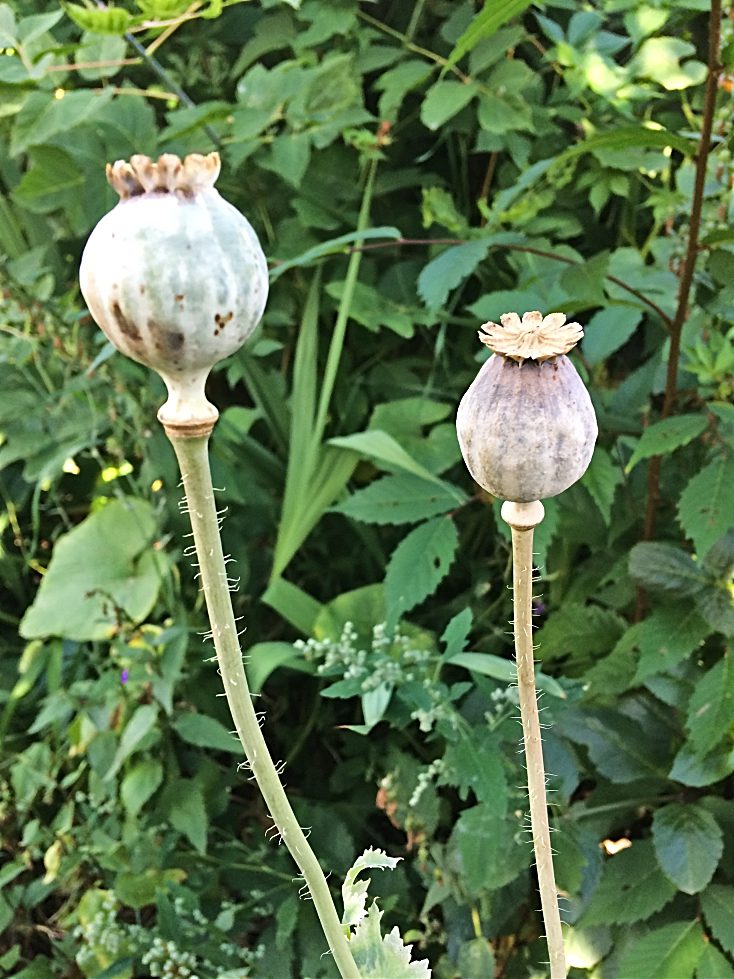
Related: How to Grow Poppies in Zone 3
3. Sunflowers
Sunflowers are an old favourite, and easy to grow. If you have kids or grandkids, consider planting one for each of them to be their special flower. Kids love the big flowers and tall size.
Once the flowers are done blooming, let the seed heads dry out, then collect them and bring them indoors. Roast the seeds for eating (if it’s an edible variety), or save them for planting next year.
If you leave the seed heads out for the winter, the birds will thank you!
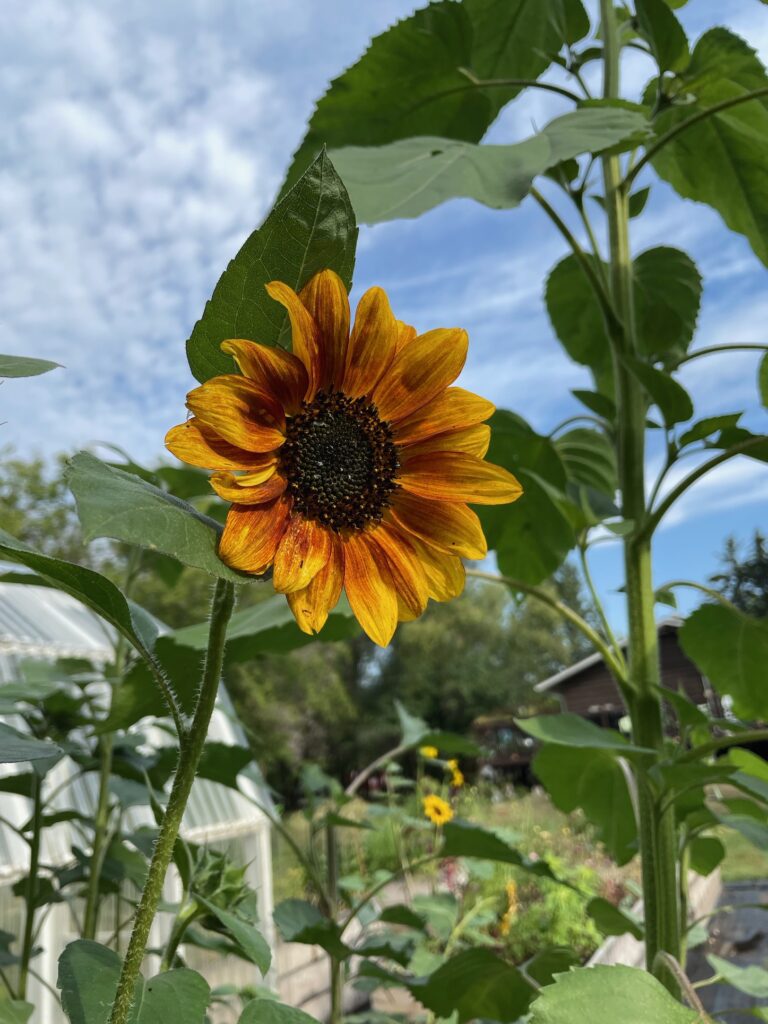
If you want sunflowers as cut flowers, the branching varieties will give you a lot more blooms–and seeds to save! Check out the branching variety in the short video below:
4. Zinnias
It’s no secret–I’m in love with zinnias. There are so many colours and sizes that growing one variety simply isn’t enough for me. Grow them for late-summer/early fall bouquets, or use them in the vegetable garden as a companion flower.
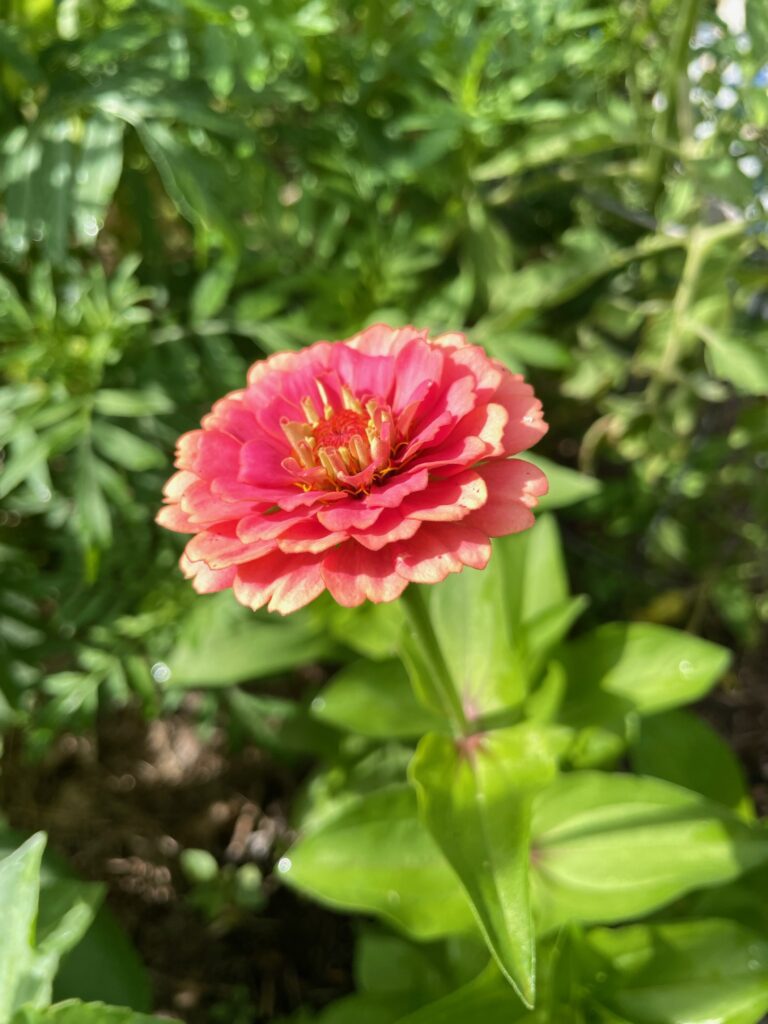
Once the flowers have dried up, like below, collect the petals for planting next year. I’ve started zinnias for many years, and I find that if you’re planning to put them in your vegetable garden, it’s best to direct seed. If you want them for pots, you can start them 4-6 weeks before you need them. Zinnias have always been very successful for me when I started them indoors.
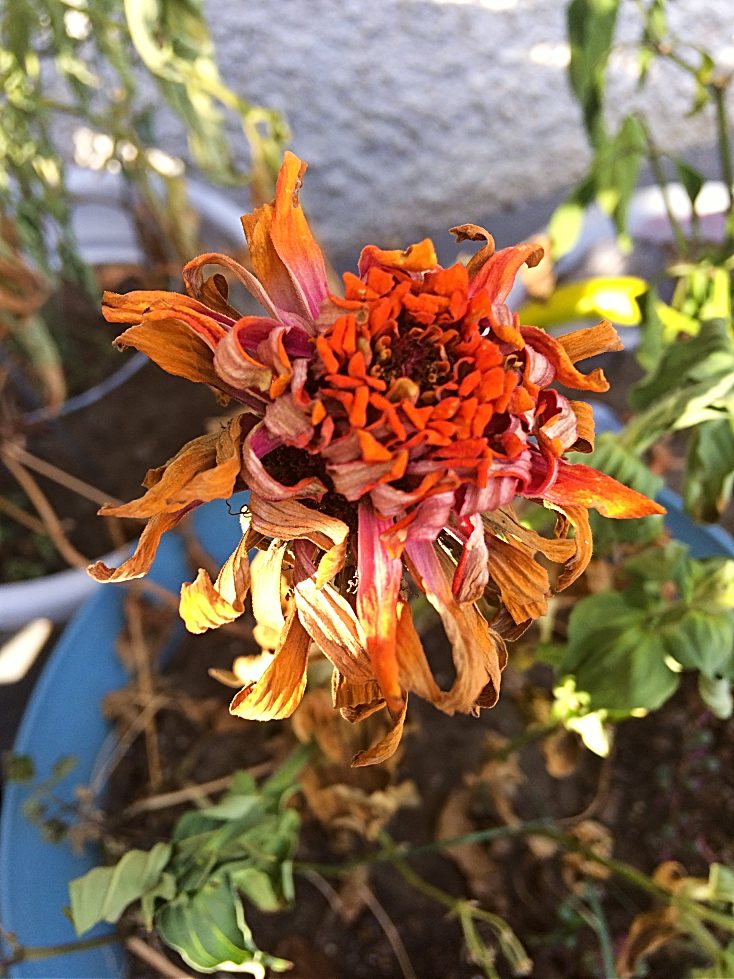
If you’re starting zinnias indoors, plant more than you need, as I find that they can be difficult to harden off and I end up losing more than I imagined I would.
Want to save more money gardening? Here are five simple things you can do this fall to save money next spring!
5. Calendula
The process for saving calendula is exactly the same as saving zinnias. Let the seed heads dry out, break them up, and collect the seeds. Calendula is a wonderful companion flower and is great in homemade salves and soaps.
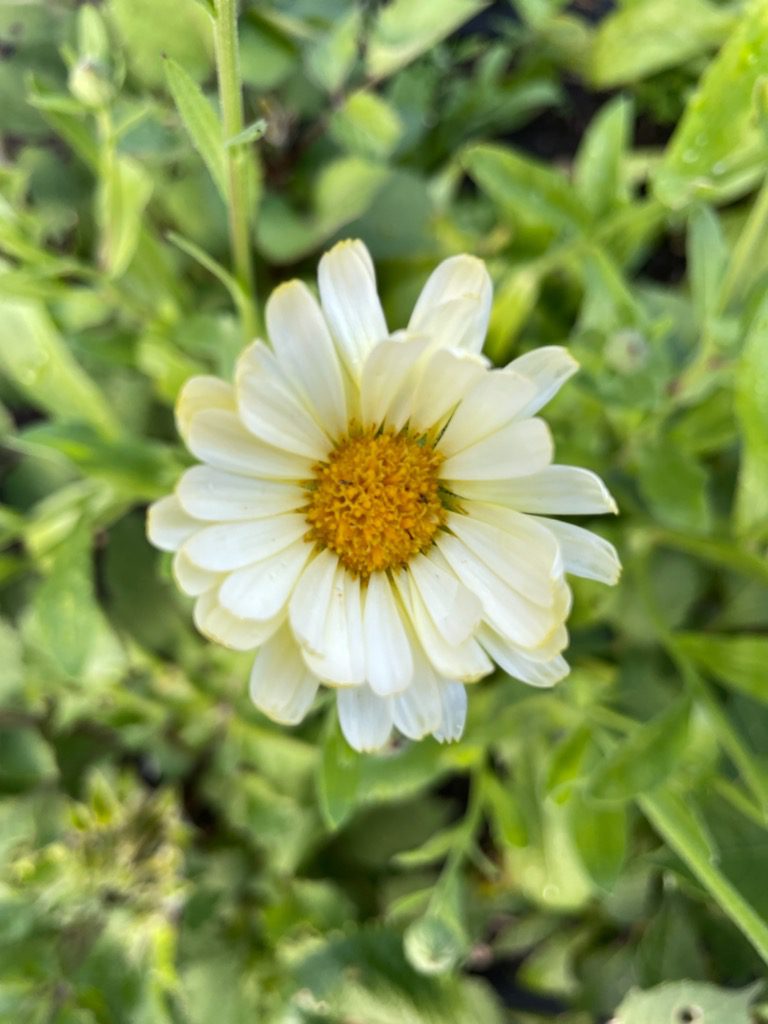
Are there any other annual flowers that you find easy to collect seeds from?
If you liked this blog post, follow me on Facebook, TikTok, and Instagram for more cold-climate gardening tips, delicious recipes, and cut flower goodness! I also make weekly videos over on my YouTube channel. I hope to see you there!
P.S. If you love the content I create for Shifting Roots, consider joining our community on Patreon. Your support means the world to me and I am grateful for each and every one of you!
WANT TO LEARN HOW TO SAVE EVEN MORE ANNUAL FLOWERS?
Save money this year and learn to save your own annual flower seeds with Savvy Seed Saving. This ebook walks you through everything you need to know to save seeds, no matter which zone you garden in! Get your copy today and go from confused to confident!

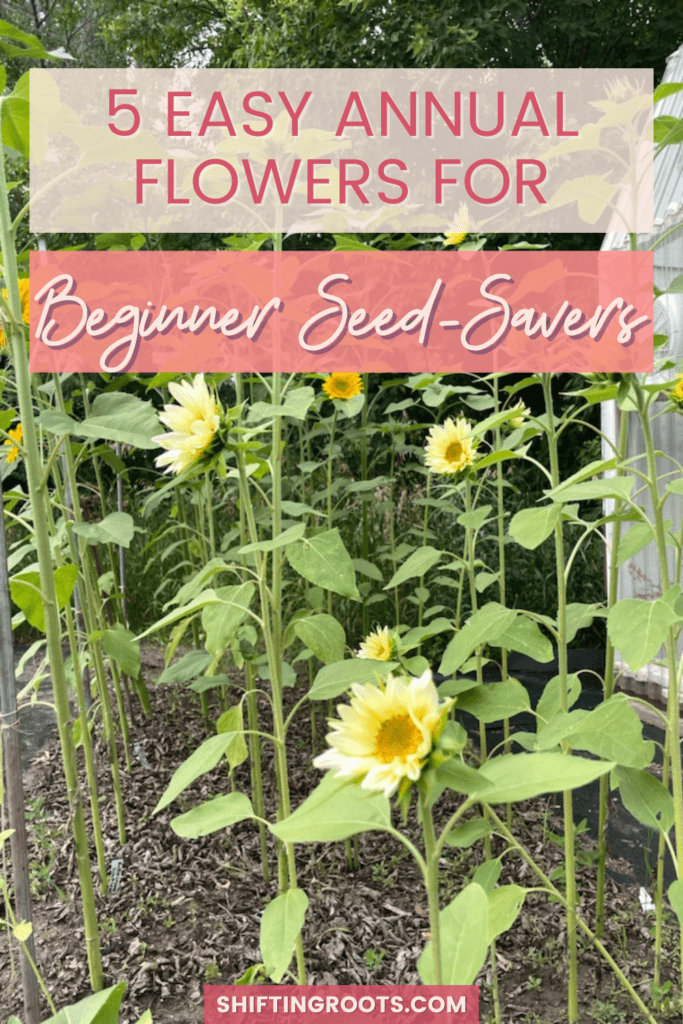
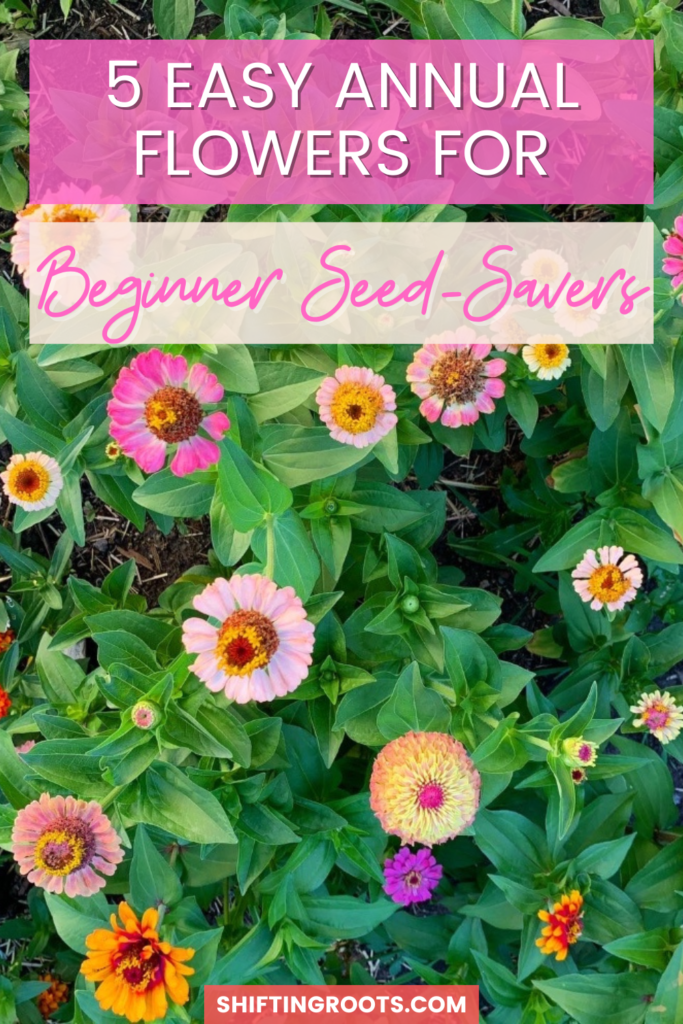

Mellissa
Kristen Raney
Janice Staniec
Kristen Raney
Pat Federico
Janice Staniec
Kristen Raney
Kathleen Nall
Kristen Raney
Josianne
Jen